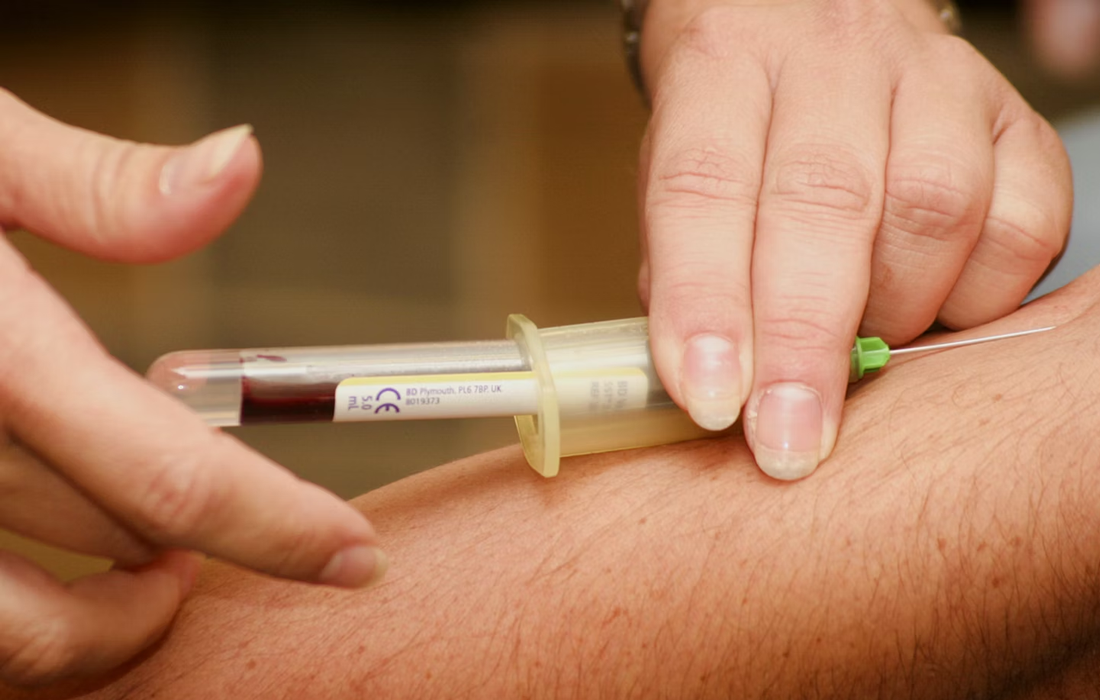Regenerative Medicine News and General Information
Very High Levels of ‘Good Cholesterol’ May Be Associated With Dementia Risk: Study
Abnormally high levels of HDL-C, colloquially known as ‘good cholesterol’, are associated with an increased risk of dementia in older adults, a Monash University-led study has found.
Researchers said very high levels of HDL-C linked to dementia risk in this study were uncommon and not diet related, but more likely to reflect a metabolic disorder.
The findings may help doctors to recognise a group of older patients potentially at risk of dementia, particularly in those aged 75 and older.
Over an average 6.3 years, participants with very high HDL-C (>80 mg/dL or >2.07 mmol/L) at study entry were observed to have a 27 per cent higher risk of dementia compared to participants with optimal HDL-C levels, while those aged 75 years and older also showed a 42 per cent increased risk compared to those with optimal levels.
Very high HDL-C levels were categorised as 80 mg/dL (>2.07 mmol/L) or above.
The optimal level of HDL-C of 40 to 60 mg/dL (1.03-1.55 mmol/L) for men and 50 to 60 mg/dL (1.55-2.07 mmol/L) for women was generally beneficial for heart health.
First author and Monash University School of Public Health and Preventive Medicine senior research fellow Dr Monira Hussain said that further research was needed to explain why a very high HDL cholesterol level appeared to affect the risk of dementia.
Sources:
Sultana Monira Hussain, Catherine Robb, Andrew M. Tonkin, Paul Lacaze, Trevor T.-J. Chong, Lawrence J. Beilin, Chenglong Yu, Gerald F. Watts, Joanne Ryan, Michael E. Ernst, Zhen Zhou, Johannes T. Neumann, John J. McNeil. Association of plasma high-density lipoprotein cholesterol level with risk of incident dementia: a cohort study of healthy older adults. The Lancet Regional Health – Western Pacific, 2023; 100963 DOI: 10.1016/j.lanwpc.2023.100963
Monash University. (2023, November 29). Very high levels of ‘good cholesterol’ may be associated with dementia risk: study. ScienceDaily. Retrieved November 30, 2023 from www.sciencedaily.com/releases/2023/11/231129184346.htm
Image from:https://unsplash.com/photos/person-injecting-syringe-Zp7ebyti3MU

